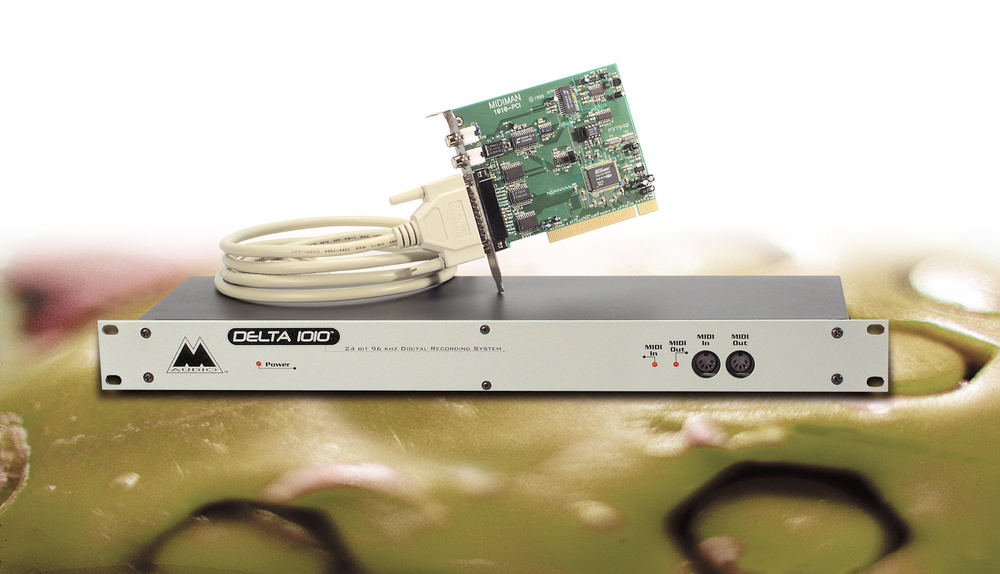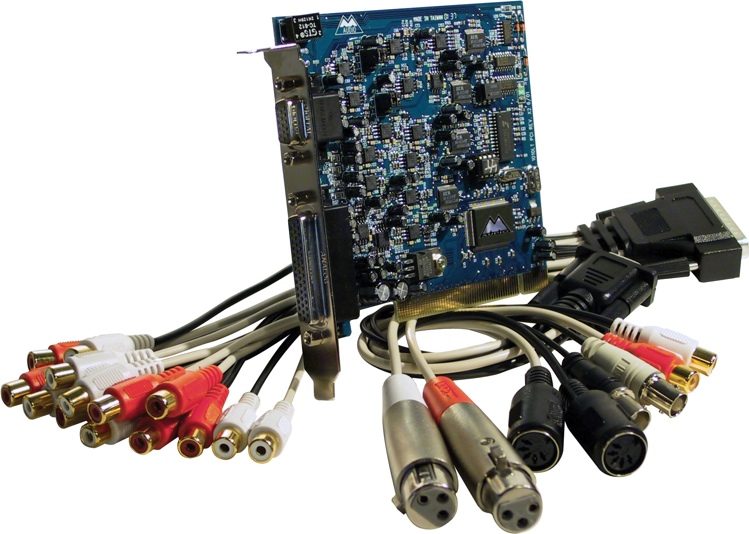Hah! Glad to hear that that’s another white whale harpooned, then!
- 0 Posts
- 105 Comments
I assumed that if you could check it, it’d either have the song or not.
Back around 1991 or so, I saw a promotional piece of art in a centerfold in a Nintendo Power magazine, which was a high-resolution and not-cropped version of the artwork that appears on the Secret of Mana title screen. I really liked the image, and wished that I could get a copy. I thought that someone must have scanned the art at some point, but couldn’t find it anywhere online. Back around 2023 — 32 years later — after repeated, sporadic hunts — I finally found a high-quality scan, and uploaded it to !gameart@sopuli.xyz:
https://lemmy.world/post/18353742
https://lemmy.today/pictrs/image/4f16e6c1-2174-45fa-b9e9-c8ae6e1a3f7d.png
I promptly ran into another Threadiverse user in that thread who had been saying that he had been looking for the same thing for ages.
EDIT: Based on this Reddit post of a lower-quality version, the artist is Hiro Isono.
Probably not it — I’m about 30 years out of date on D&D — but it does sound overpowered and it is associated with Rillifane:
https://forums.giantitp.com/showthread.php?448029-Post-Your-Chosen-Templates-Here
It seems that a lot of people come to the FR boards looking for info on Chosen of the various deities. To put it quite simply, the majority of them don’t actually exist. So on the old FR boards, a group of members got together and started making their own homemade Chosen templates.
I have no idea what “the old FR boards” are, but if it was old in 2013, it’s probably getting back towards the time you were looking at.
Chosen of Rillifane
Chosen of Rillifane Rallathil by green elven vampire
Also known as The Master of the Great Oak
Its a template that can be added to any Elf or Half Elf. A Chosen of Rillifane uses the character’s statistics and special abilities except as noted below.
BONUS SPELLS (Sp): Constant ~ ~ Barkskin, Find the Path, Pass without trace. At will ~ ~ Tree Stride, Plant Growth, Snare.
5/day:~ ~ Greenfire, Holy Smite. 3/day~ ~ Change Staff, Spell Immunity. 1/day~ ~ Shambler, Command Plants.Immunities (Ex): Chosen of Rillifane are Immune to ageing effects and do not age. They are also immune to all attacks and special abilities from creatures with the Plant subtype.
Forest feast (Ex): The chosen does not need to eat or drink while in forested areas.
Rillifane’s Acorns (Sp): The Chosen can cause a barrage of acorns to launch from her hands, from the ground, or from an oak tree within 20 yards. The acorns can fly up to 50 yards, striking any enemy the chosen wishes. She can summon up to 2 acorns for every character level attained. Each acorn requires a successful ranged touch attack to hit and deal 1d4 points of damage each. This ability can be used 3 times a day.
The Leaflord’s Amber Prison (Su): The chosen may encase a target in a hard, translucent coating of fossil resin in a yellow, orange hue. If the target makes a successful Fort save (DC 30) the prison dissipates without effect. If saving throw fails then target is caught in the amber prison just as the effects of a Hold Monster spell. The amber prison has an AC of 25 and a hardness of 30 with 75 hitpoints. Living targets encased in the prison suffocate in 2 rounds and die. No spells may be cast from inside the prison and cannot be cast at the target inside. This ability can be used once a day.
The Great Oak’s gift (Sp): The chosen may take the form of a huge Treant of 13HD once a day. While in this form she has all the natural abilities of a treant and may cast spells as normal with no penalties.
Quickened spells (Sp): The chosen is granted the ability to cast certain spells as if using the Quicken Spell feat. The spells are all considered spell-like abilities and may be cast once a day each as a sorcerer of her total character level.
- Claws of the beast
- Cloudburst
- Quillfire
- Detect Crossroads
- Blinding Spittle
- Mass Awaken
- Blindsight
- Tortoise Shell
- Healing Sting
Saves: The character adds + 2 as a bonus to all saving throws.
Abilities: Increase from the character as follows: Dexterity +4, Strength +2 Charisma +2, Wisdom +4.
Skills: Wilderness lore, Handle animal, Animal empathy, and Move silently are class skills, regardless of the character’s class.
Feats: (You gain these feats automaticly without meeting their prerequisites) Weapon Focus (quarter staff), Foe Hunter, Forester.
Climate/Terrain: Same as the character.
Organization: Same as the character, But must be a devoted follower of Rillifane Rallathil.
Challenge Rating: Same as the character +5.
Alignment: CG, CN, N
Treasure: Same as the character.
Advancement: Same as the character
Could have been taken down due to a copyright complaint if it was using unlicensed commercial music.
Relevant community: !tipofmytongue@lemmy.world
I’m not familiar with it, but according to this, the last episode is “The Paradise”.
I assume that this is it:
There are various audio services that will identify music if you upload a clip. Sort of TinEye for audio. I can’t name a specific service, but they are out there. If you haven’t, you might give it a shot.
kagis
https://www.aha-music.com/identify-songs-music-recognition-online/
What’s the big deal with POSIX? Why are ppl constantly discussing what is and isn’t posix compliant?
The short version: it’s a least-common-denominator standard that spans multiple Unix and Unix-like systems, so if you write to it, your software can fairly-trivially run on various systems.
https://en.wikipedia.org/wiki/POSIX
Windows has some level of Microsoft-provided Posix support, which is what the post is alluding to. I am fairly confident that it doesn’t have full Posix compliance. Cygwin, a separate, non-Microsoft, open-source effort, might qualify.
kagis
Okay, apparently it does confirm to a portion of the Posix standard:
https://en.wikipedia.org/wiki/Microsoft_POSIX_subsystem
The subsystem only implements the POSIX.1 standard – also known as IEEE Std 1003.1-1990 or ISO/IEC 9945-1:1990 – primarily covering the kernel and C library programming interfaces which allowed a program written for other POSIX.1-compliant operating systems to be compiled and run under Windows NT. The Windows NT POSIX subsystem did not provide the interactive user environment parts of POSIX, originally standardized as POSIX.2. That is, Windows NT did not provide a POSIX shell nor any Unix commands out of the box, except for pax. The NT POSIX subsystem also did not provide any of the POSIX extensions that postdated the creation of Windows NT 3.1, such as those for POSIX Threads or POSIX IPC.

 8·9 hours ago
8·9 hours agoMy impression is that it’s hard to find powerful specs alone on an Android tablet. That seemed counterintuitive to me — I’d think that the extra space would help — but I think what’s going on is that everyone gets a smartphone, and they make that their primary mobile device. Then if they have the funds, they get a tablet, most-often for dedicated movie viewing. The market for that is pretty price-sensitive, so tablets don’t generally cost as much as flagship smartphones. As a result, most tablets tend to have good speakers and a decent display, but unimpressive radios, compute capability, and most other things.

 71·13 hours ago
71·13 hours agoI would note that, to pick two examples:
ExpressVPN appears to have California-based exit nodes:
https://www.expressvpn.com/vpn-server/us-vpn/san-francisco-vpn
NordVPN appears to have California-based exit nodes:
https://nordvpn.com/servers/usa/sanfrancisco/
You can effectively choose the state law under which you want to access the Internet.
looks at Ohio meaningfully

 2·14 hours ago
2·14 hours agoAh, gotcha. Just for the record — though it doesn’t really matter as regards your point, because I was incorrectly assuming that you were using it as an example of with something with Firewire onboard — there are apparently two different products:
The 1010 has a PCI card, but it talks to an external box:

The 1010LT has a PCI card alone, no external box, and then a ton of cables that fan out directly from the card:

Neither appears to have a Firewire interface. IIRC, the 1010LT was less expensive, was the one I was using.

 5·15 hours ago
5·15 hours agoI have a feeling its mostly due to some audio and video hardware that has some real longevity. I’ve got a VHS+minidv player that I am transferring old videos from using FireWire (well, for the minidv. VHS is s-video capture).
Yeah, that’s a thought…though honestly, unless whatever someone is doing requires real-time processing and adding latency is a problem, they can probably pass it through some other old device that can speak both Firewire and something else.
Probably the m-audio delta 1010
That doesn’t have a Firewire interface, does it? I thought I had one of those.
checks
Oh, I’m thinking of the 1010LT, not the 1010. That lives on a PCI card.
Why would I bother?
Because you want to have a single interface that accepts natural-language input and gives answers.
That doesn’t mean that using an LLM as a calculator is a reasonable approach — though a larger system that incorporates an LLM might be. But I think that the goal is very understandable. I have Maxima, a symbolic math package, on my smartphone and computers. It’s quite competent at probably just about any sort of mathematical problem that pretty much any typical person might want to do. It costs nothing. But…you do need to learn something about the package to be able to use it. You don’t have to learn much of anything that a typical member of the public doesn’t already know to use a prompt that accepts natural-language input. And that barrier is enough that most people won’t use it.

 2·16 hours ago
2·16 hours agoWhile that’s what people I’ve seen tend to do for convenience — using chest freezers in out of the way places because they already have a combination fridge/freezer in their kitchen, in terms of energy cost of opening the door, it’s the other way around. Opening a chest freezer doesn’t cause as much loss of cold air as a side-opening freezer. The heavier cold air doesn’t spill out the side.
kagis
The way that these freezers open also impacts their energy usage. When the door is opened in an upright freezer, large sums of cold air are let out and heat is let in which draws more energy to re-cool the system. Whereas with a chest freezer, there is less cold air loss when the door is opened, the larger depth of the freezer also helps reduce cold air loss, resulting in less energy being needed to restabilize the cold temperature in the freezer.
If you have room for it in a kitchen, it’d be totally reasonable to use a chest freezer for day-to-day use. I wouldn’t have space for one, myself.
EDIT: To extend the analogy, the upright freezer is more like a small internal solid state drive on a SATA bus that came in a desktop from the OEM — you probably already have one, but it has limited capacity and there is a higher access cost — and the chest freezer is like NVMe.

 16·17 hours ago
16·17 hours agoIf it’s Linux, sounds like it should just work out of box, at least for a while longer.
https://www.tomshardware.com/news/linux-to-support-firewire-until-2029
Linux to Support Firewire Until 2029
The ancient connectivity standard still has years of life ahead of it.
Firewire is getting a new lease on life and will have extended support up to 2029 on Linux operating systems. Phoronix reports that a Linux maintainer Takashi Sakamoto has volunteered to oversee the Firewire subsystem for Linux during this time, and will work on Firewire’s core functions and sound drivers for the remaining few that still use the connectivity standard.
Further, Takashi Sakamoto says that his work will help users transition from Firewire to more modern technology standards (like perhaps USB 2.0). Apparently, Firewire still has a dedicated fanbase that is big enough to warrant six more years of support. But we suspect this will be the final stretch for Firewire support, surrounding Linux operating systems. Once 2029 comes around, there’s a good chance Firewire will finally be dropped from the Linux kernel altogether.

 12·2 days ago
12·2 days agoAh. Thanks for the context.
Well, after they have product out, third parties will benchmark them, and we’ll see how they actually stack up.

 4·2 days ago
4·2 days agoYeah, I saw, but it’s an interesting topic.

 1·2 days ago
1·2 days agoIs your concern compromise of your data or loss of the server?
My guess is that most burglaries don’t wind up with people trying to make use of the data on computers.
As to loss, I mean, do an off-site backup of stuff that you can’t handle losing and in the unlikely case that it gets stolen, be prepared to replace hardware.
If you just want to keep the hardware out of sight and create a minimal barrier, you can get locking, ventillated racks. I don’t know how cost-effective that is; I’d think that that might cost more than the expected value of the loss from theft. If a computer costs $1000 and you have a 1% chance of it being stolen, you should not spend more than $10 on prevention in terms of reducing cost of hardware loss, even if that method is 100% effective.

I used Compuserve only a few times, on someone else’s computer. So I’m not terribly familiar with it. However, it looks like they provided a Web interface to them until they shut down the forums at the end of October 2017.
Archive.org has snapshots of that Web interface.
https://web.archive.org/web/20170920031241/http://member.compuserve.com/forum_center/
They do appear to be readable from that point. You’ll need to wait for a few reloads after clicking on a forum, as there are some HTTP 302 redirects, but it eventually comes up.
I don’t know how long Compuserve retains messages on a forum — if you saw this in, say, the 1990s, and they expired prior to the Web interface and archive.org archiving them, they may not be on archive.org.
But if you can remember where they were, that might get you there. Good luck!